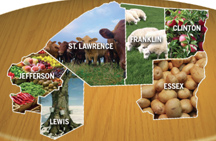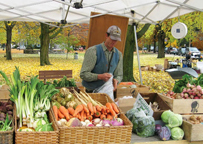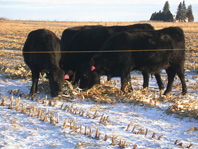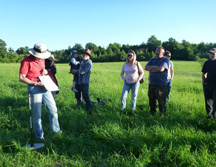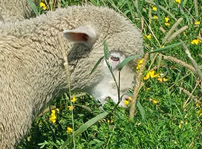
Congratulations to David Fisher, a Northern New York Agricultural Development Program committee member from St. Lawrence County, who has been elected as New York Farm Bureau (NYFB) President.
Click here to listen to his vision for NYFB with WAMC Public Radio interviewer Pat Bradley.
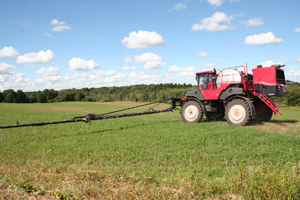
 “This new agri-business development by a young entrepreneur is an added benefit to our regional economy and we are pleased it was sparked by the science developed with Northern New York Agricultural Development Program funding,” said Jon Greenwood, co-Chair of the farmer-driven research and technical assistance program serving Clinton, Essex, Franklin, Jefferson, Lewis and St. Lawrence counties.
“This new agri-business development by a young entrepreneur is an added benefit to our regional economy and we are pleased it was sparked by the science developed with Northern New York Agricultural Development Program funding,” said Jon Greenwood, co-Chair of the farmer-driven research and technical assistance program serving Clinton, Essex, Franklin, Jefferson, Lewis and St. Lawrence counties.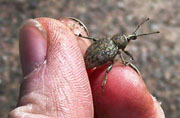 “Scouting vigilance and proactive application of the biocontrol nematodes are key to limiting the spread and impact of alfalfa snout beetle,” Shields notes.”
“Scouting vigilance and proactive application of the biocontrol nematodes are key to limiting the spread and impact of alfalfa snout beetle,” Shields notes.”
